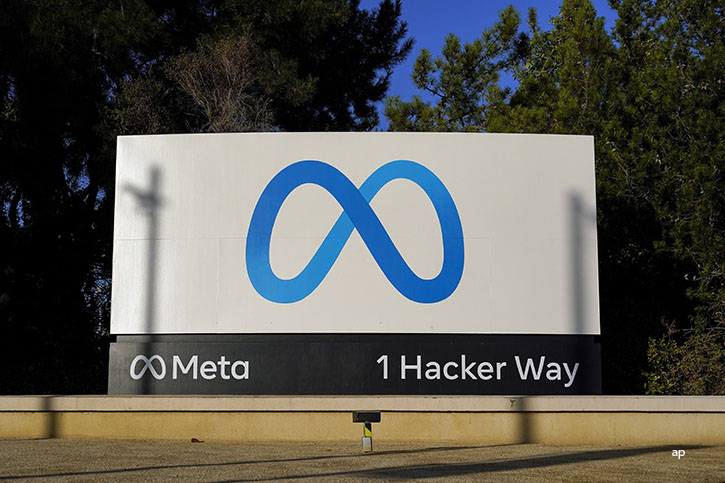Last week Morningstar equity analyst Eric Chenoweth attended the IPAA Conference in New York. Key takeaways are below.
Not surprisingly, certain exploration and production companies' desire for oil assets and the Permian Basin dominated IPAA Conference discussions, but more interesting ideas lurked in the background. We'd be misrepresenting the tone of the conference if we didn't first note the fairly widespread shift in stated operating strategy and the marketing message being pitched to investors by many exploration & production (E&P) companies. Many firms with oil or liquids in their portfolios promoted it, and even those without much reminded us that they did have some or would have more exposure shortly. Many investors and analysts--including us--who have attended the conference for many years couldn't help but be a bit put off by the about-turn. The past few years have been all about new shale gas discoveries, so does this newfound "shift to oil" suggest these past gas investments are now less attractive?
We found it refreshing to see that some of the management teams we've followed and favoured haven't attempted any major reconstructive surgery in the race for oil exposure. It's worth noting that firms like Range Resources, Ultra Petroleum, Quicksilver Resources, Cimarex Energy, and Petrohawk (to name a few) have stuck to their strategies and long-term development plans. We offer a few closing thoughts on those turning to oil:
1. Those seeking the most dramatic change are probably speaking to the weakness of previous assets, previous focus areas, or financial footing.
2. We've rarely seen commodity betting ability as a management team trait that translates to long-run value creation.
3. Some companies may be confusing higher returns with higher revenues or investor preferences. Even if a project produces more gas than oil, if it has a higher return at $5 gas than an oil project at $80 oil, it's probably a better project.
4. Finally, the future of US E&P is still natural gas. That's where the resource potential exists, where the growth will be, and most likely where the most value creation will happen over the next decade.
Another Permian oil boom. A clear winner in the "race for oil," the Permian Basin is seeing renewed interest and M&A activity. Until recently, we would have expected to watch the Permian ride out its remaining years as the sandbox for creative regional specialists like Apache, Cimarex, Pioneer, and Concho or grind-it-out E&P MLPs (master limited partnerships) like Legacy Reserves and Linn Energy. SandRidge's recent bid for Arena Resources has sparked the imagination and leads one to speculate whether oil-hungry Chesapeake could soon follow suit by taking a stab at Concho. Greater "newcomer" interest and activity in the Permian could drive up deal prices and eventually service costs, potentially denting the attractive oil project economics firms are seeking there.
Global interest in US shale gas plays still a key theme. Despite an investor and independent E&P preference for oil, the sights of global major energy players are still focused on US shale gas. On the heels of a long string of deals, the recent Reliance Industries joint venture with Atlas illustrates the continued global interest in US shales, especially perceived "best-of-breed" shales like the Marcellus. In its breakout, Atlas noted that Reliance didn't consider near-term gas prices relevant, was much more bullish on gas prices in the longer term, and considered the Marcellus a long-term low-cost source of gas. Since many of the JVs created over the past year will serve to accelerate gas drilling, some wondered if these JV partners may decide to defer some of their original aggressive drilling plans in the face of especially low gas prices. Also, are the majors ready for shale gas as the independents have teed it up? Although the independent E&P companies may have found it agreeable to sign 3-5 year leases in the shales, as they're used to moving at a quick pace, are major energy firms ready for the same activity burden? In essence, will XTO Energy be able to teach ExxonMobil how to run hard and fast on short-duration leases? Does Exxon really want to learn?
Gas prices unsustainably low? Despite low gas prices, the US rig count has been on the rise. Some blame good hedges, which have allowed firms to realise higher prices and support drilling. More important, in our opinion, was the industry's ability to raise funds more easily in the back half of 2009. Despite great hedges in late 2008 and early 2009, rigs laid down en masse when the funding window closed. With the window open again, the industry is putting funds to work. But maybe investor enthusiasm for uneconomic drilling is finally stalling out. We see signs of encouragement on this front, one sign being investors' preference for oil drillers over gas. Also, good hedges have become harder to find as the gas futures curve has flattened. In recent months, E&P companies have tripped over themselves to hedge, while industrial hedgers (who need to go long gas) have stepped out of the way. Maybe this dynamic will reverse as we progress into summer and industrial players start to fill storage. If we had to pick one price point where many E&P presenters said they felt comfortable about their gas drilling economics (and where they'd start to ramp up activities), it would be $6. However, it seemed that many presenters were factoring in today's cost structure when arriving at this estimate.
Natural gas drilling budgets will be cut should prices stay low. We walked away from many breakouts with the distinct impression that cuts in gas drilling budgets are on the horizon. Some firms already announced reduced spending plans, however modest, and many others appeared to be waiting for peers to move first. So we think a wave of budget cuts is likely in the cards, and the resulting reduced activity should further support gas price stabilisation as we move into 2011.
Service company consolidation threatens E&P bargaining power. We repeatedly heard E&P companies voicing concerns over service company consolidation. As technically proficient vendors shrink in numbers, E&P firms see their bargaining positions deteriorating. Some regions could be more vulnerable than others, either due to especially technically challenging conditions like the Haynesville (thus limiting vendor options) or tighter supply paired with accelerating demand like the Eagle Ford or Marcellus. Some E&P companies like Petrohawk are firing back. Hawk is working to redesign its wellbore configuration in the Haynesville to reduce friction and extend the life of service company equipment. If successful, it could reduce well costs outright, encourage more service company competition, and improve Hawk's bargaining power.
Best ideas Range Resources and Ultra Petroleum continue to have bright long-term futures. We like what we heard from best ideas Range Resources and Ultra Petroleum at the conference. Recent Marcellus JVs have further demonstrated the value of Range's core Marcellus acreage and the considerable upside that exists in the shares should things go right for them. Range remains committed to proving up the value of its Marcellus acreage through an aggressive drilling programme. Further, the management team is focused on capturing the value present in its large Marcellus position for Range shareholders and not giving it away to JV partners or potential suitors. Ultra continues to benefit from lower-cost pad drilling in the Pinedale while working to demonstrate the value of its growing acreage position in the Marcellus. Midstream permitting issues continue to dog Ultra in Pennsylvania, as the firm has almost drilled 50 wells but only connected a few more than a dozen to sales. We see 2011 and 2012 as big years for Ultra in the Marcellus as surface bottlenecks ease. Both Range and Ultra have large resource potential in existing and emerging plays that should have top-tier cost structures and will be well-positioned to get gas to market in the longer term. We think they'll be able to put capital to work at good rates of return over the next decade.

























